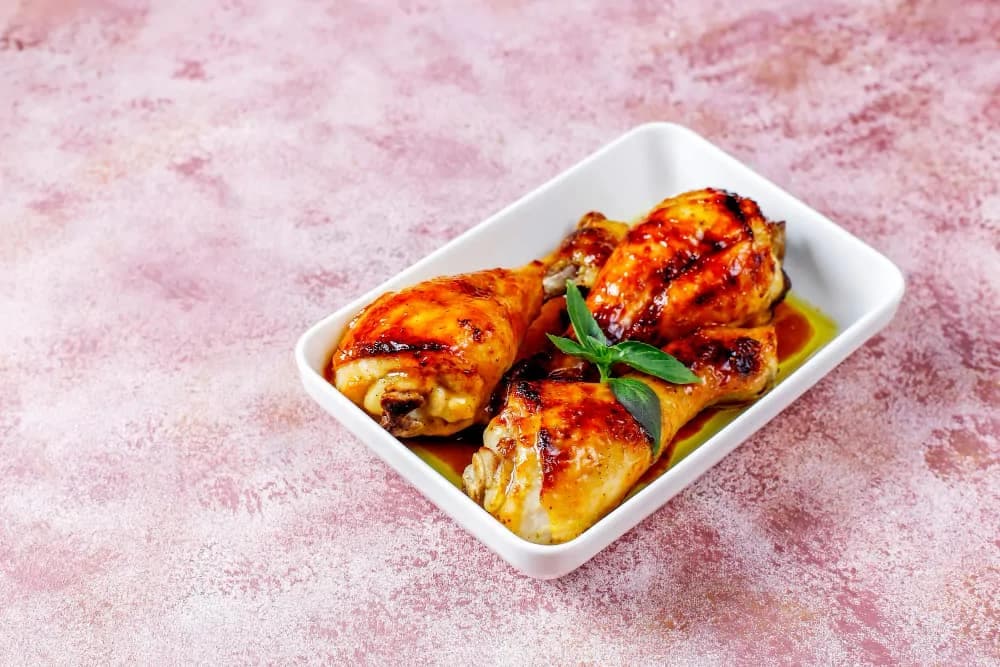Every foodie from South Canara can attest to having made the pilgrimage to Kundapur’s Shetty Lunch Home in the wee hours of the morning for a plate or two of chicken ghee roast. The restaurant is considered an institution, being one of the few outlets in the area that has been serving non-vegetarian fare for more than half a decade, to rave reviews from gourmands all across the country.
The outlet’s recipe is said to be the oldest that pertains to the dish, a Shetty family heirloom that remains a closely guarded secret to this day. The tale of the dish’s invention is unknown, as is the case with most regional foods in the area that are consumed by small populations. That said, the late K Ravindranath Shetty is credited with introducing the dish to the masses with his many ventures, which included the restaurant. His familial recipe proved to be so popular that the restaurant only accepts orders with at least a day's notice, for both takeout and dine-in.
While the recipe for the dish never actually ventured outside family circles, several people have come close over the years, making the dish a standard menu item in restaurants all over South Karnataka. Restaurants have also used the masala for a range of other proteins, including seafood and even paneer. This widespread success saw the Shetty Lunch Home sell the masala itself in sealed pouches to patrons in the Udupi district via the company’s Anupam brand, to rave reviews.

So, just what exactly is the ghee roast masala? The dry spice mix for the dish is said to consist of coriander seeds, cumin, badde soppu (fennel), red chilies, chili powder, black pepper, and curry leaves. Byadagi chilies are the usual pepper of choice for the dish, giving it a bright red hue, with additional generic chili powder added for more heat. The paste is made by frying these inclusions in ghee, after which it is blended with other ingredients, such as ginger, garlic, and lemon juice. The protein itself is marinated with a simple wet masala beforehand for up to thirty minutes. This mixture may include salt, chili powder, turmeric, curd, and lime juice. The ghee roast paste is added to the mixture soon after the half-hour mark, after which it is allowed to marinate for up to an hour. The dish is cooked in a generous amount of ghee, during which additional measurements of ingredients such as ginger, garlic, and salt may be added to taste.
The lack of an exact recipe has led to several variations on the aforementioned outline. Some restaurants might opt to skip the byadagi chilies, using cheaper Kashmiri chilies and synthetic color instead. Some recipes may also call for the addition of the curd directly to the masala as opposed to adding it to the marinade. It is also not uncommon to see restaurants add a small measurement of sugar or jaggery to their spice mix in order to enhance browning and balance the palate. The fat used for the task is usually inexpensive ghee that is sourced from local dairy companies.

The dish is usually consumed for lunch with neer dosa, roomali roti, or naan. Ghee roast is almost never made for large-scale events owing to the expensive nature of the ingredients and the technical skill associated with preparing the dish in bulk. Locals frequently prepare the dish at home for lunch or dinner, though it is more common to see families purchase it from restaurants that specialize in its preparation.
The dish can be described as tangy, spicy, and aromatic, with some attributes being more pronounced than others depending on the nature of the recipe used. The nature of the ingredients used for the preparation plays a huge role in the taste of the final product, which has led a bevy of professional chefs that hail from the area to include the dish in their arsenal of recipes, placing an emphasis on ingredient quality and technique to create some truly stunning iterations of the dish. Nearly every aspect of the dish can be enhanced to bring out more flavor, starting with the most important flavorant: ghee. Most restaurants choose to use low-quality ghee since handmade or cultured ghee costs several times the price of machine-made ghee that most outlets have access to. Artisanal ghee that is made with cultured or grass-fed butter is considered to be far superior to the packaged ghee used in these restaurants and is therefore the fat of choice for chefs that are looking to take the dish to new heights. The quality of the species is just as important; it is recommended to use spices that are fresh and have bold aromas. The quality of the protein is paramount.


